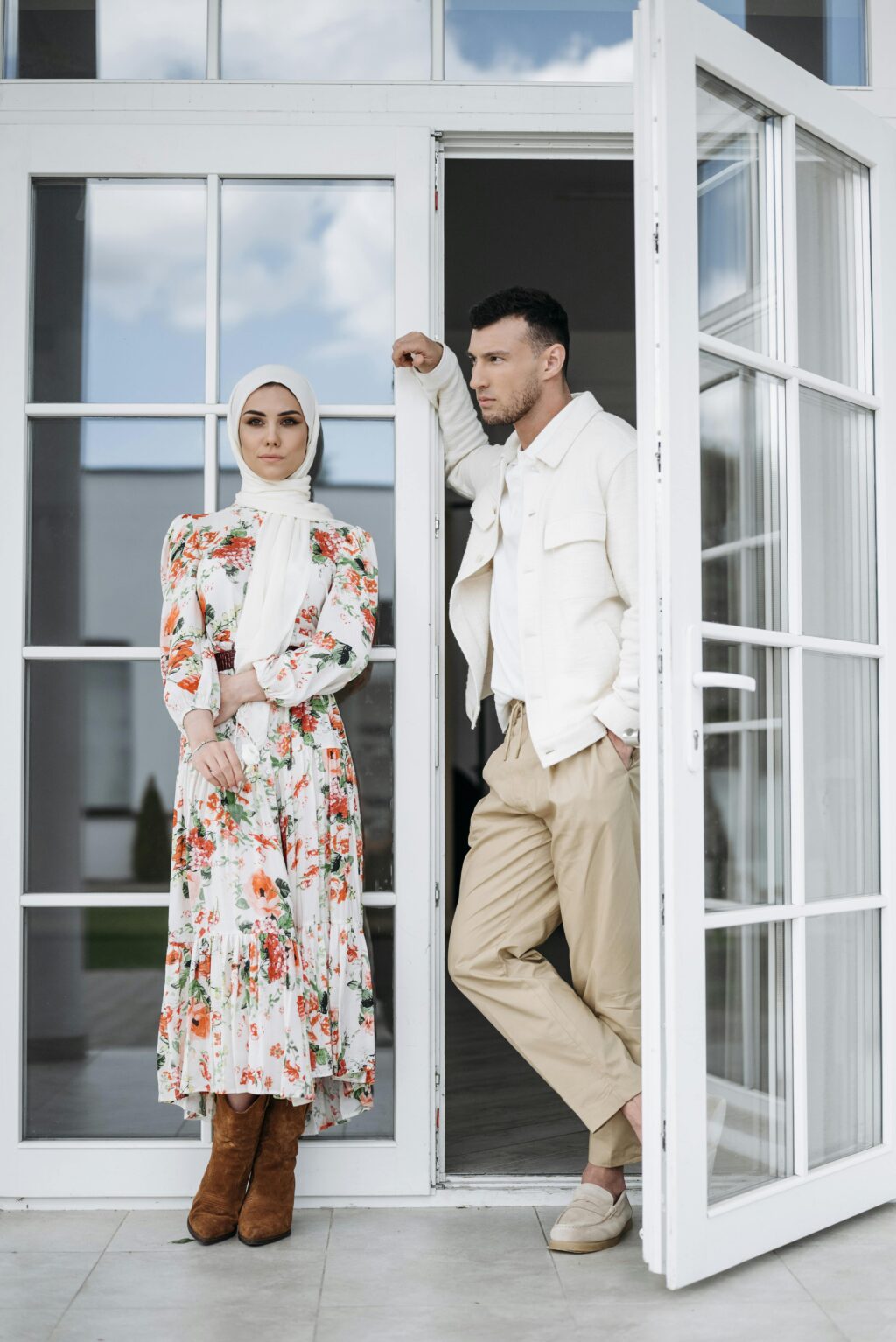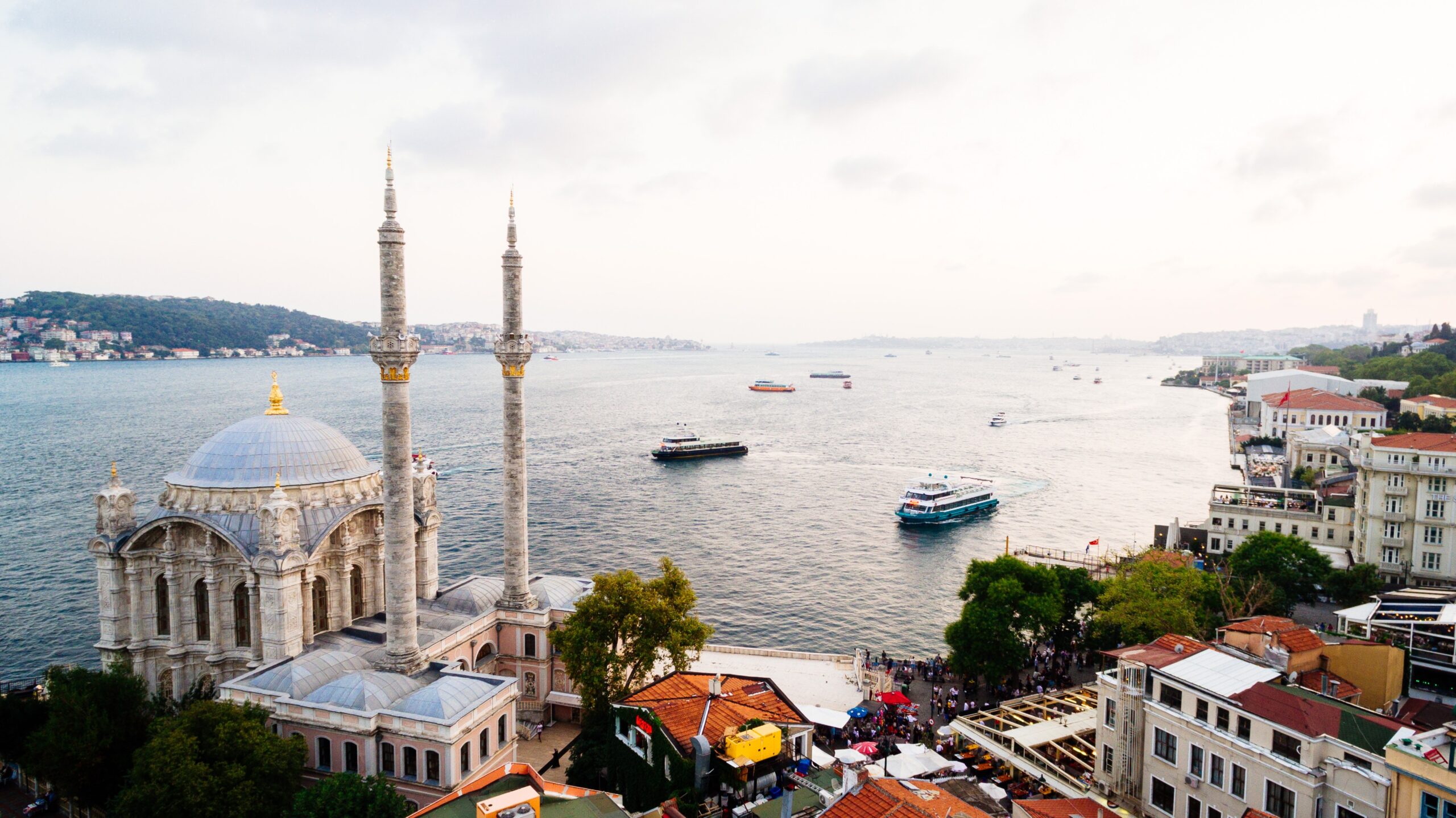In today’s dynamic world of fashion, the Islamic fashion industry stands out for its unique blend of modesty, elegance, and cultural richness. Rooted in a deep understanding of Islamic principles, Islamic fashion design encapsulates a harmonious balance between tradition and modernity. From the flowing abayas of the Gulf to the intricately embroidered hijabs of South Asia, Islamic fashion celebrates diversity while upholding the values of modesty and refinement.
Modesty as the Core Principle:
At the heart of Islamic fashion design lies the principle of modesty (hayaa). Modesty in Islamic attire is not merely about covering the body but also encompasses humility, decency, and dignity. Islamic fashion designers pay meticulous attention to ensuring that their creations adhere to the guidelines of modest dressing outlined in Islamic teachings.
Cultural Diversity and Expression:
Islamic fashion is as diverse as the Muslim population itself, encompassing a myriad of styles, colors, and fabrics. From the vibrant hues of Moroccan kaftans to the subdued tones of traditional Middle Eastern attire, each garment tells a story of cultural heritage and identity. Islamic fashion designers draw inspiration from diverse sources, infusing their creations with elements of local traditions and global trends.
Emphasis on Comfort and Functionality:
In Islamic fashion design, comfort and functionality are paramount. Garments are designed to provide ease of movement and practicality, allowing individuals to adhere to their religious obligations without compromising on style. Fabrics such as cotton, linen, and silk are favored for their breathability and versatility, ensuring that wearers remain comfortable in varying climates and contexts.
Attention to Detail and Craftsmanship:
Islamic fashion places a strong emphasis on craftsmanship and attention to detail. From delicate hand embroidery to intricate lacework, every element of a garment is meticulously crafted to perfection. Islamic fashion designers often collaborate with skilled artisans and craftsmen, preserving age-old techniques while infusing their creations with contemporary flair.
Versatility and Adaptability:
Islamic fashion is inherently versatile, catering to a wide range of occasions and preferences. Whether it’s a casual day out or a formal event, there is a diverse array of options available to suit every need. From modest yet stylish everyday wear to glamorous evening gowns, Islamic fashion offers something for everyone, allowing individuals to express their personal style while adhering to Islamic principles.
Promoting Sustainability and Ethical Practices:
In recent years, there has been a growing emphasis on sustainability and ethical practices within the Islamic fashion industry. Many designers are now incorporating eco-friendly materials and production methods into their designs, promoting environmental consciousness and social responsibility. From sourcing ethically produced fabrics to supporting fair labor practices, Islamic fashion designers are leading the way towards a more sustainable and ethical future.
Celebrating Individuality and Self-Expression:
Despite the overarching principles of modesty and humility, Islamic fashion celebrates individuality and self-expression. Whether it’s through bold colors, intricate patterns, or unique accessories, Islamic fashion allows individuals to express their identity and personality while staying true to their faith. From the streets of Jakarta to the runways of Paris, Islamic fashion is making its mark on the global stage, offering a fresh perspective on style and beauty.
In conclusion, Islamic fashion design principles are rooted in a rich tapestry of culture, tradition, and faith. From modesty and humility to creativity and self-expression, Islamic fashion embodies the essence of elegance and sophistication. As the industry continues to evolve, Islamic fashion designers remain committed to preserving heritage while embracing innovation, ensuring that Islamic fashion remains a vibrant and integral part of the global fashion landscape.






